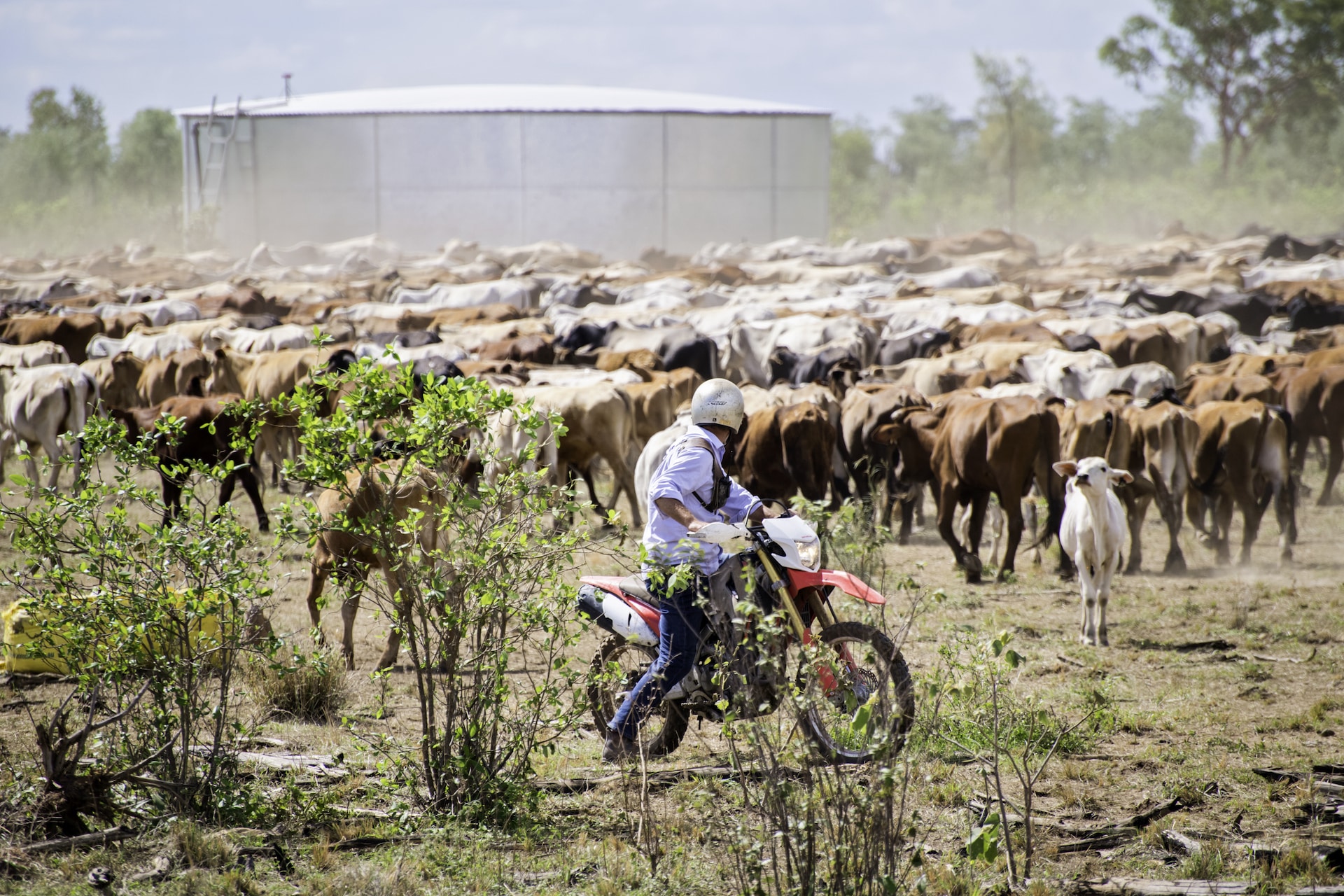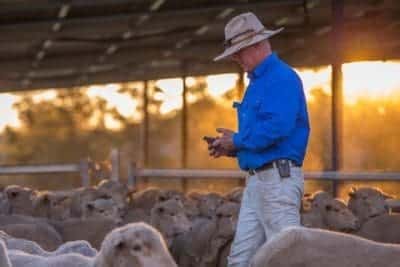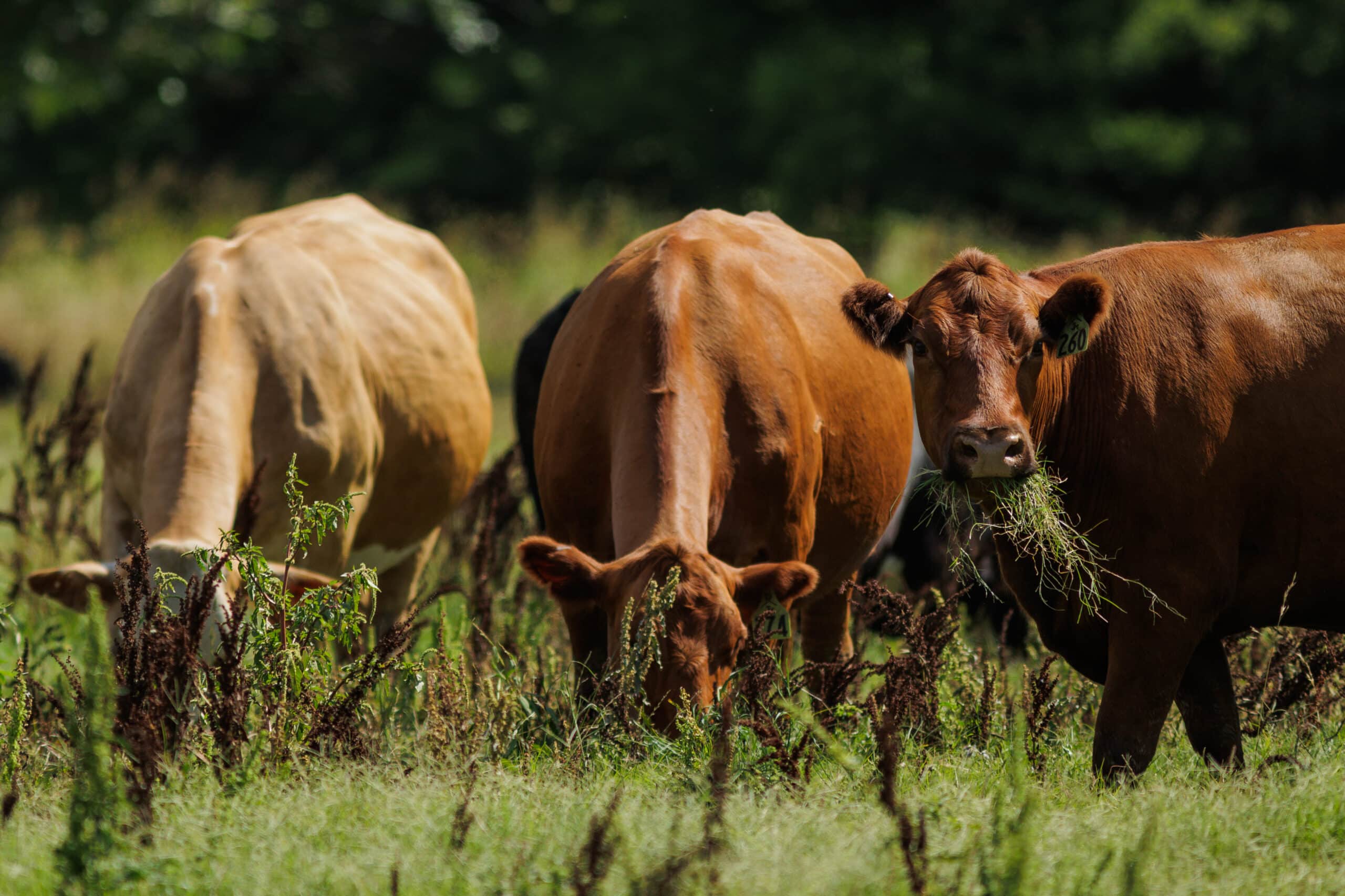Wild ideas: Should we be planting more wildflowers in livestock systems?
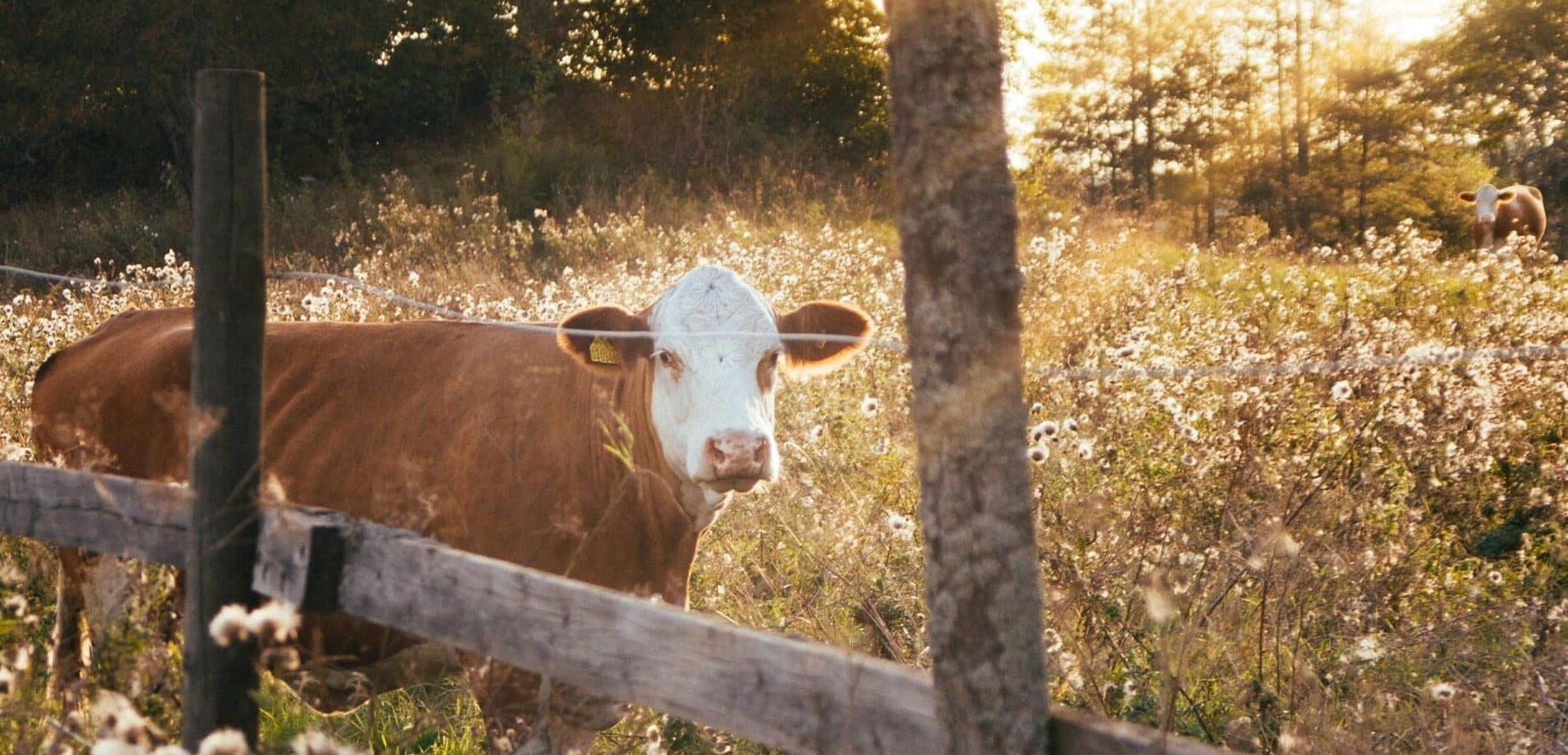
Rewilding and restoring our wildflower meadows isn’t just about improving habitats and providing food for insects. It can provide valuable nutrition for our livestock as well. With 97% of wildflower meadows lost since the 1930s, wildflowers are often overlooked in the rewilding debate.
Wildflowers were once a regular site across much of Britain but over the decades they have been lost to make way for intensive agriculture. They were traditionally used as hay meadows. During the summer months their growth supported a whole host of wildlife species from invertebrates and pollinators to small mammals and birds. Then, in the autumn, they were cut and dried and baled for hay to feed livestock over the winter.
With a drive to feed a growing population in the mid-1900s, these fields were ploughed up to create acres of monoculture arable crops. Now, with a reinvigorated national focus on enhancing biodiversity, improving the environment, and reducing intensive farming, wildflower meadows could help us reach this goal.
What benefits do wildflowers bring?
Initially, we planted wildflower meadows for the benefit of livestock. The rich diversity of the plant life provided highly nutritious forage for livestock with a high protein and mineral content. The meadows were then either cut to produce hay or for livestock to graze at a low intensity.
The biodiverse mixture of wildflower meadows and herbal leys improves soil structure and nutrition. Many are drought resistant providing continual forage for livestock. There are also benefits to livestock health.
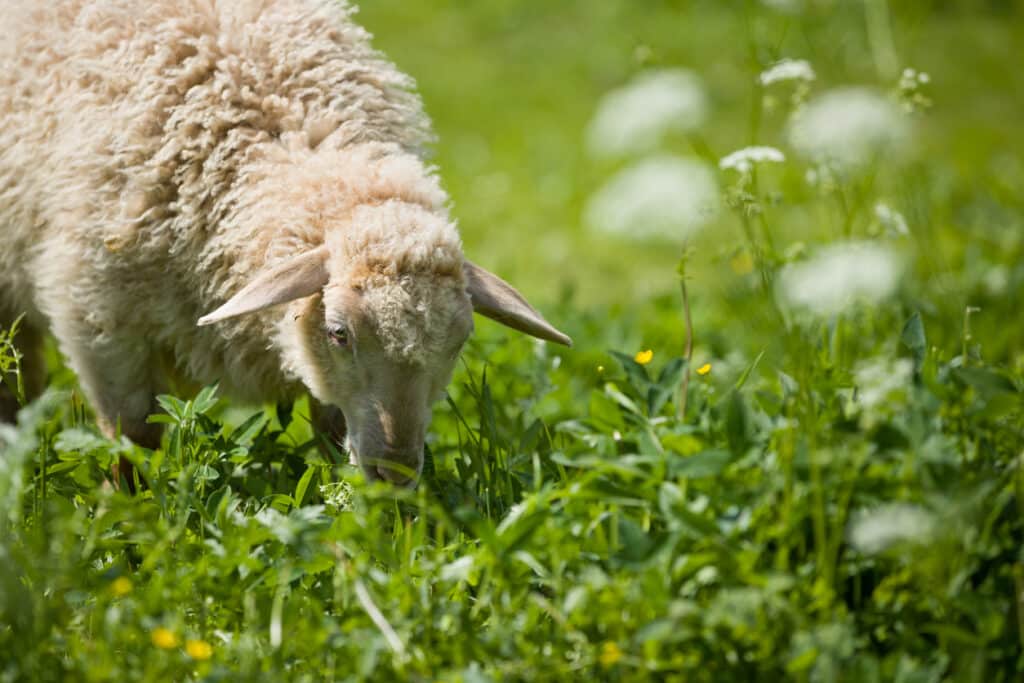
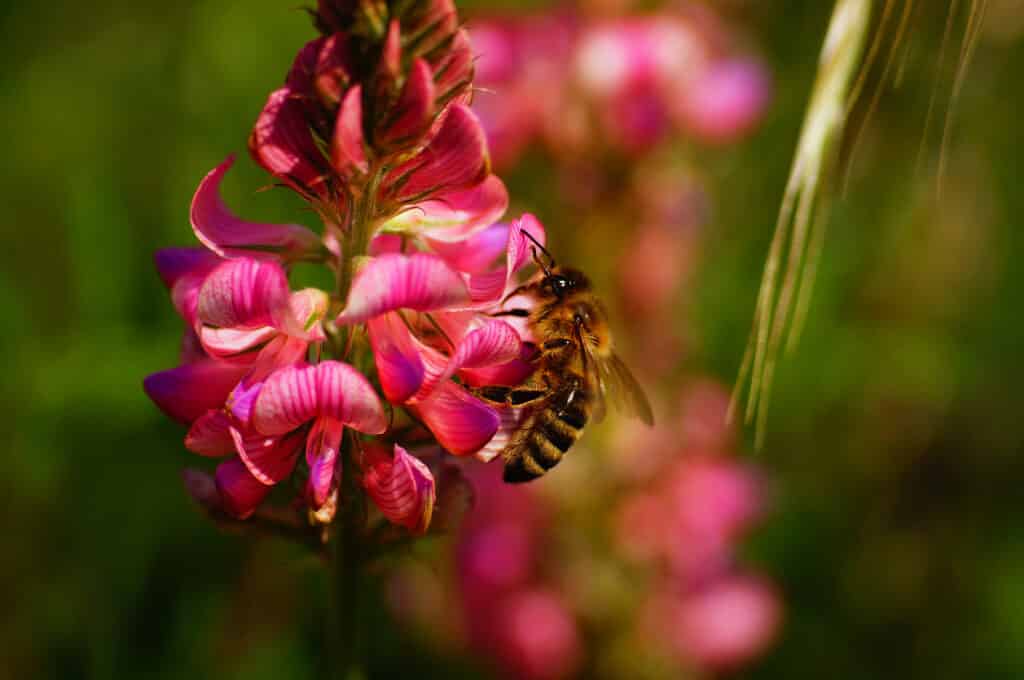
Why should we consider wildflower meadows for livestock?
A wildflower meadow differs from pasture in that one moves off livestock in late spring to allow the plant species to grow and flower. The meadows have specific benefits to livestock. With their diverse species, they often contain herbs with medicinal properties that livestock are good at seeking out. They contain high levels of tannins which are great for gut health and reducing worm burdens. Having a huge variety of species growing in the field draws up different nutrients from different levels within the soil. This provides significantly better nutrition for the livestock.
The higher quantity of minerals in the herbal component reduces the need for mineral licks. Legumes contain higher protein than grasses. There is also evidence that cattle grazing herbal leys are not only more efficient, but more productive and healthier than those grazed on conventional pasture.
Is there governmental support for wildflower meadows and herbal leys?
There are financial incentives for farmers to improve the environmental impact of their farms within the UK. These include, but are not limited to, the Sustainable Farming Incentive, the Local Nature Recovery Scheme and the Landscape Recovery Scheme.
Gloucestershire farmer Ian Boyd converted his intensive arable farm into a beef farm fed on a mixture of wildflower meadows, herbal leys and open pasture. The soils on his 280 hectare farm were historically shallow and unproductive. Planting wildflowers and rotational herbal leys have improved his soil health. However, the real incentive for Ian was in the form of financial gains.
Seeing an increase in nature on his farm and an ecological balance, was a huge positive for him. But it also had to make financial sense. Initially, he tapped into the Organic Higher Level Stewardship (OHLS). When that scheme was threatened to end, he moved over to the Mid Tier Countryside Stewardship (CS) agreement which rewards him with £300/ha, or £19,500 for 65ha, of wildflower meadows. The CS pays significantly less than the OHLS, which has now been continued.
Ian Boyd has also planted herbal leys on 70 ha as part of his arable rotation. His cattle mob-graze the herbal leys and he moves them daily to prevent over grazing. Non-organic herbal leys receive £309/ha whilst organic ones receive £115/ha. Despite the contradictory nature of this regarding the environment, Ian has still seen huge improvements in his soil health as a result of his herbal leys and is expecting his soil organic matter to double following this new management. Furthermore, herbal leys have allowed him to extend his grazing period from mid-October to mid-November.
The wider benefits of planting wildflowers and herbal leys include improved water purity leaving the farm, sequestration of carbon, and improved biodiversity.
How to introduce your own meadows
Some areas of farmland are largely unproductive and unsuitable, and therefore not intensively farmed. These could be the perfect areas for maintaining wildlife on your farm.
Allowing livestock to graze until springtime and then removing the animals to allow the meadow to grow and flower is essential to a successful wildflower meadow. Cutting the meadow in July and leaving the cut hay to dry over 3-5 days allows ripe seed to fall to the ground and any wildlife to leave. Changing between earlier (July) and later (August) cuts each year enhances the production of later flowering plants.
Livestock returned to the cut meadow will trample seed into the soil and provide manure for the following growing season. Leaving a section of the meadow uncut will provide shelter for wildlife over the winter. It also provides food for insects later in the year.
Well-rotted farmyard manure can be applied lightly at less than 12 tonnes/ha but artificial fertilisers and slurry can affect flowering plants. Some farmers may need to establish some trial and error to see what works best for their farm. Upland meadows may require a small amount of liming and much lighter farmyard manure application than lowland meadows. Floodplains and wet meadows usually have plant species adapted for these conditions. Take care to avoid damage by livestock during the wetter winter months.
Some beneficial plant species include bird’s-foot-trefoil and sainfoin that reduce intestinal parasites. Herbs and legumes increase mineral and protein content. Knapweed encourages flocks of goldfinch and linnet.
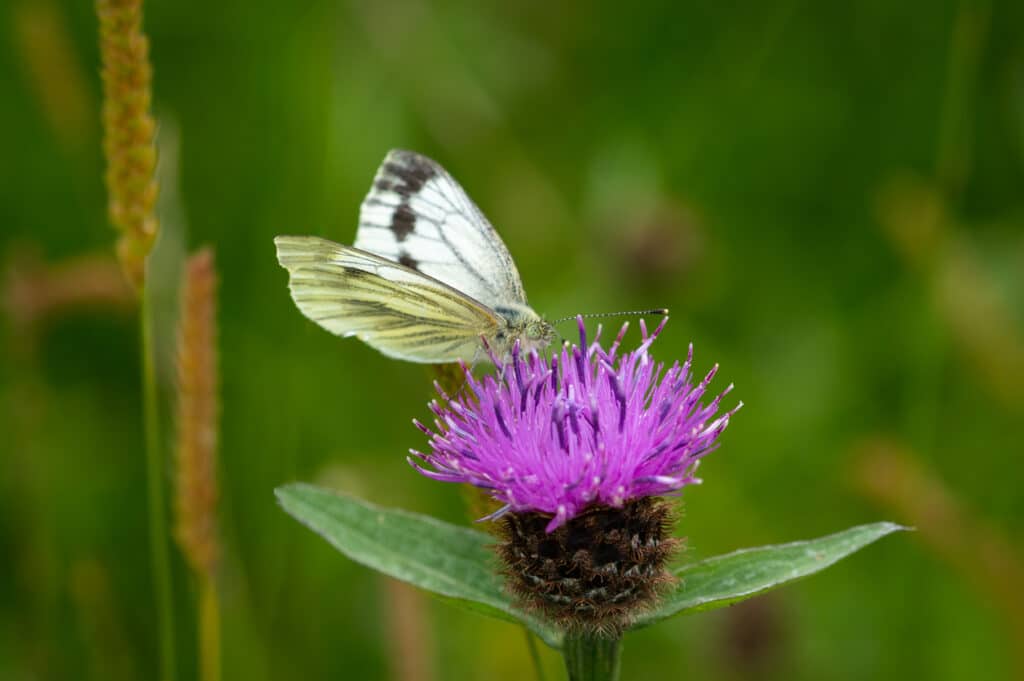
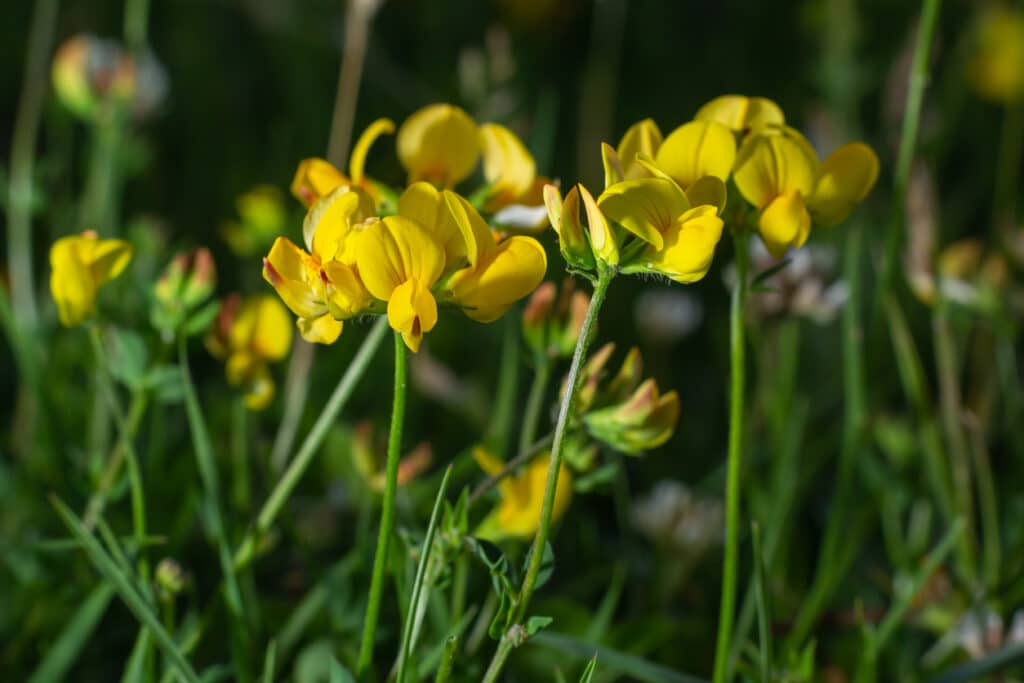
What are some of the difficulties?
For farmers, changing the habits of not only a lifetime but preceding generations can be hard. With entrenched routines and protocols that have worked for decades, it can be difficult to change farming practices. Not only that, but it will take time for wildflowers to become established in previously intensively farmed arable land. However, making small changes can be a step in the right direction. For example, leaving marginal strips to grow either wildflowers or herbal leys.
The controversial George Monbiot claims that rewilding the UK may improve nature. But doesn’t this only put a sticking plaster over the global problem? We will rely more heavily on imports, passing the problem of intensive agriculture onto other countries who provide us with food. After all, there is a reason we ploughed up our wildflower meadows in the first place: to feed a growing population.
Want to read more content from AgriWebb? Visit our blog page here.
